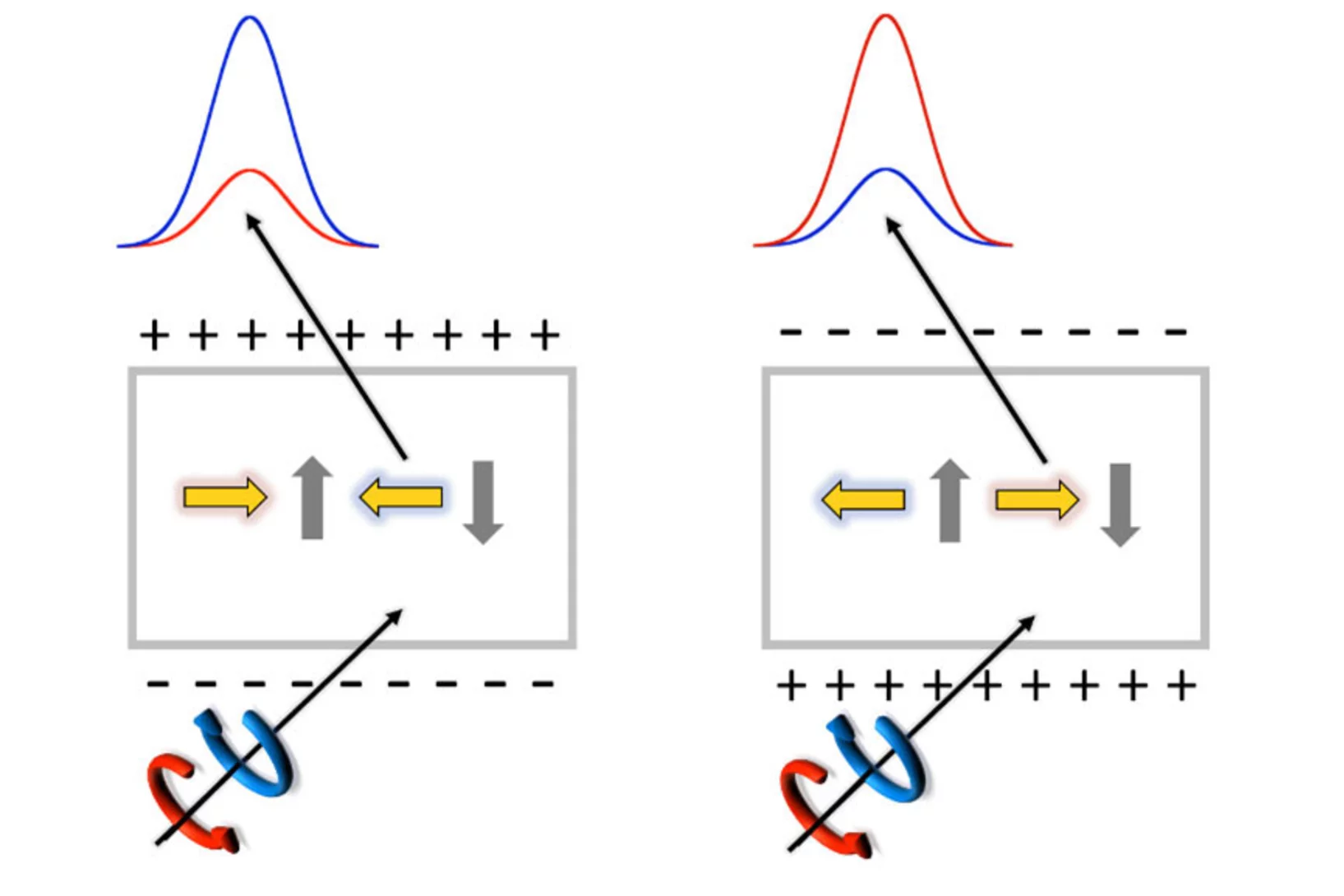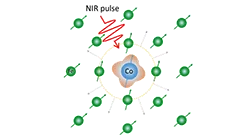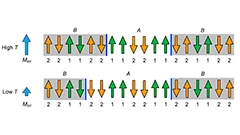The SIM beamline produces a high flux of soft X-rays with variable polarization from an undulator source. The beamline has a Photo-Emission Electron Microscope (PEEM) (Model: LEEM III, Elmitec GmbH) as a permanent endstation open to user via the SLS proposals system. The instrument allows to image samples using the photoelectric effect with very high spatial resolution (100 nm), chemical and magnetic sensitivity. With an energy analyzer the excited photoelectrons can be energy-selected. In addition to illumination by X-rays, illumination by low energy electrons is possible. In this low energy electron microscopy (LEEM) mode additional contrast mechanisms are available.
The PEEM is equipped with a small preparation chamber (sputtering, heating, load-lock). In addition, a more complete preparation system is available with a load-lock, LEED and Auger, several evaporation sources, rotatable electromagnetic coil, ion etching and electron bombardment heating.
Users can apply for beamtime with the PEEM or with their own endstation (after prior consulation with the beamline scientist).
The SIM beamline is operated by the Microscopy and Magnetism Group.
| Energy range | 90-2000 eV |
|---|---|
| Flux (1 keV) | 1 x 1015 photons/s/0.1%BW/ 0.4 A |
| Focused spot size | 30 µm x 100 µm (V x H) |
| Spectral resolution | > 5000 |
| Polarization | Linear: 0o (horizontal) to 90o (vertical) Circular: right / left |
| Endstation ES1 | Photo-emission electron microscope with spatial resolution = 70 nm, variable sample temperature: 100 - 1'800 K. |
| Endstation ES3 | XMCD chamber for total electron yield (TEY) measurements in applied field (130 mT) and variable sample temperature (5 - 450 K). |
| Endstation ES4 | Resonant x-ray scattering (RESOXS) and near ambient pressure photo-emission (NAPP). These endstations belong to user groups and can only be used in collaboration with them. |
Current Highlights and News
Elusive multiferroicity in RNiO3 perovskites
In our recent paper we examined YNiO3 and proved that the RNiO3 type material known for its metal-insulator transition is in fact a type II multiferroic. We provide direct evidence of an electric-field-driven switch of the noncolliear magnetic state finally confirming the proposed type II multiferroic nature of YNiO3.
Mechanism For All-Optical Magnetization Switching
X-rays reveal a non-collinear magnetic state as the base for all-optical magnetization switching.
Unusual ferrimagnetism in CaFe2O4
Rare ferrimagnet states in a phase competing antiferromagnet.


